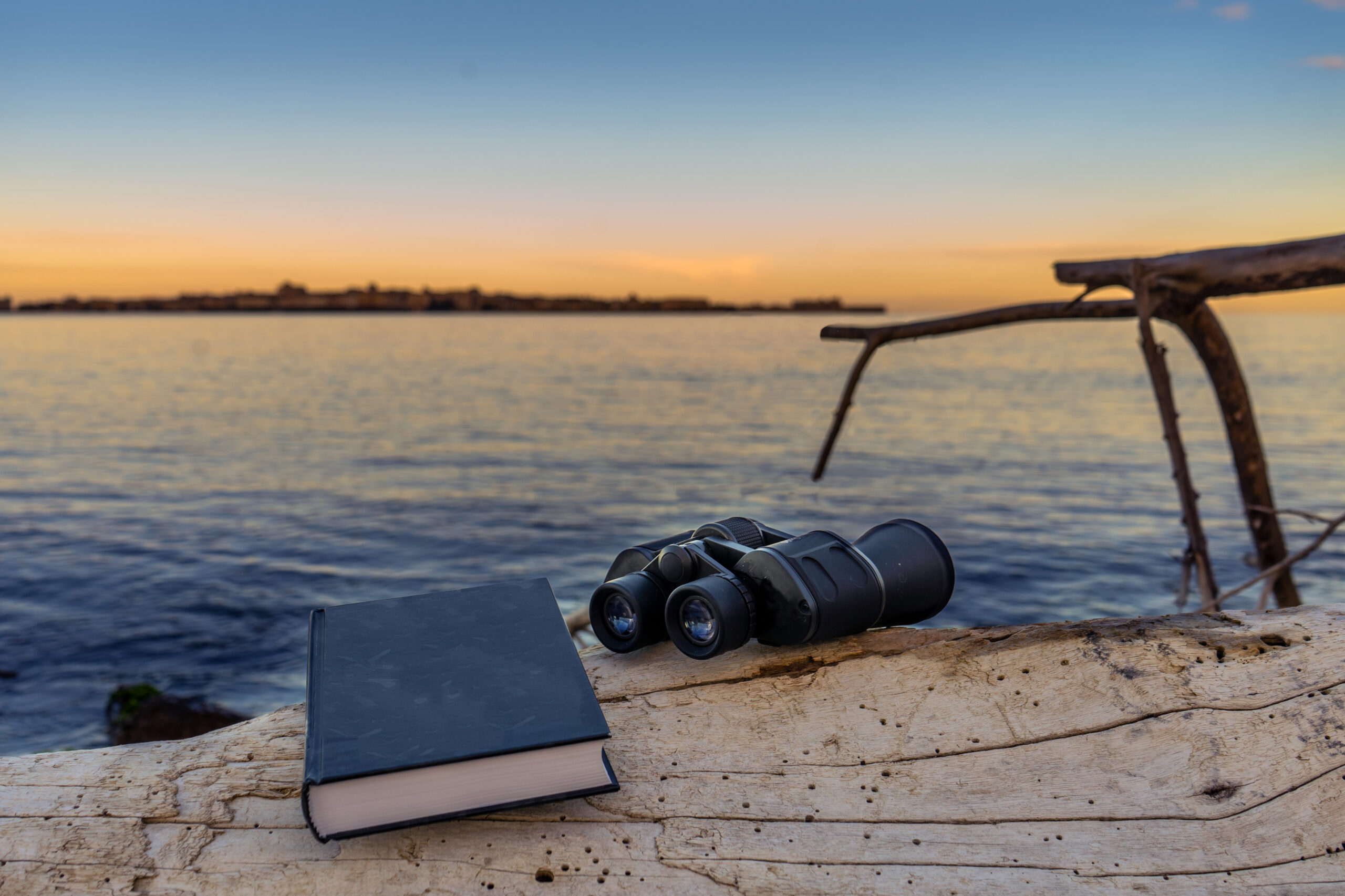One of the easiest ways to enjoy the great outdoors is by observing animals in their natural environment. Not only is it entertaining to see some of their strange behaviors, but it brings us into the present moment, helping us to take a little breather and relax.
Between woods, fields, mountains and rivers, there’s a lot of wildlife to discover — most of which require a bit of adventure and a stroke of luck. However, there’s one animal which seems to go wherever it wishes.
With over 11,000 species, there are at least a few kinds of birds to discover in just about every habitat imaginable. This diversity is just one of the reasons birding is so popular among an equally diverse fanbase. Though many may think of birdwatchers as a slightly older crowd, there are around 9 million Americans between the ages of 18-35 who are flocking to this hobby. Want to join the fun? Let’s go over the essentials.

The Essentials
Unlike most hobbies that require expensive gear and fancy equipment, birding is simple.
The most useful piece of equipment you’ll want to get is a pair of binoculars. The magnification allows you to get a close look to help identify a bird without scaring it.
Select a pair that has seven- or eight- times magnification. These strengths will give you a close view but also keep your field of view wide, which makes following moving birds a lot easier.
Next up is a field guide. Although there are field guide apps, nothing beats having a physical guidebook. Peterson and National Geographic are both favorites among birders — just be sure to get one specified to your region. Take some time to study it in between outings to get familiar with various species so you can identify them faster the next time you’re out.
A pen and nice notebook are also handy to have to write down any notes and, of course, to keep track of all the types of birds you see.
Good walking shoes are about the only requirement in terms of special clothing. You’ll just want to dress for the weather and location where you’re headed.
Put everything into a bookbag, and you’ll be all set!
Here are Some Birds to Keep an Eye Out for Around the Country!
Throughout the U.S.
You may have luck looking at ground level for one of these as they love digging for ants and beetles.
Californian Coast, New Mexico and Arizona
Weighing in at just an ounce, this tiny bird only needs around 15 kilocalories a day.
Southwest
Poisonous prey are their favorite treats, including venomous lizards, scorpions and even rattlesnakes.
Upper Northern U.S.
The tips of their tails are normally yellow; however, the fruit of a non-native honeysuckle can turn the tip orange.
Eastern U.S.
These birds are famous for their peter-peter-peter song, which you’ll likely hear long before finding them.
Western U.S.
A flight of swallows can range from as small as 10 birds to over 100.
Wetland preserves or wildlife areas along the coast in Florida, South Carolina and Georgia
At three feet tall, this bird is hard to miss. The oldest on record was 20 years and two months old!

